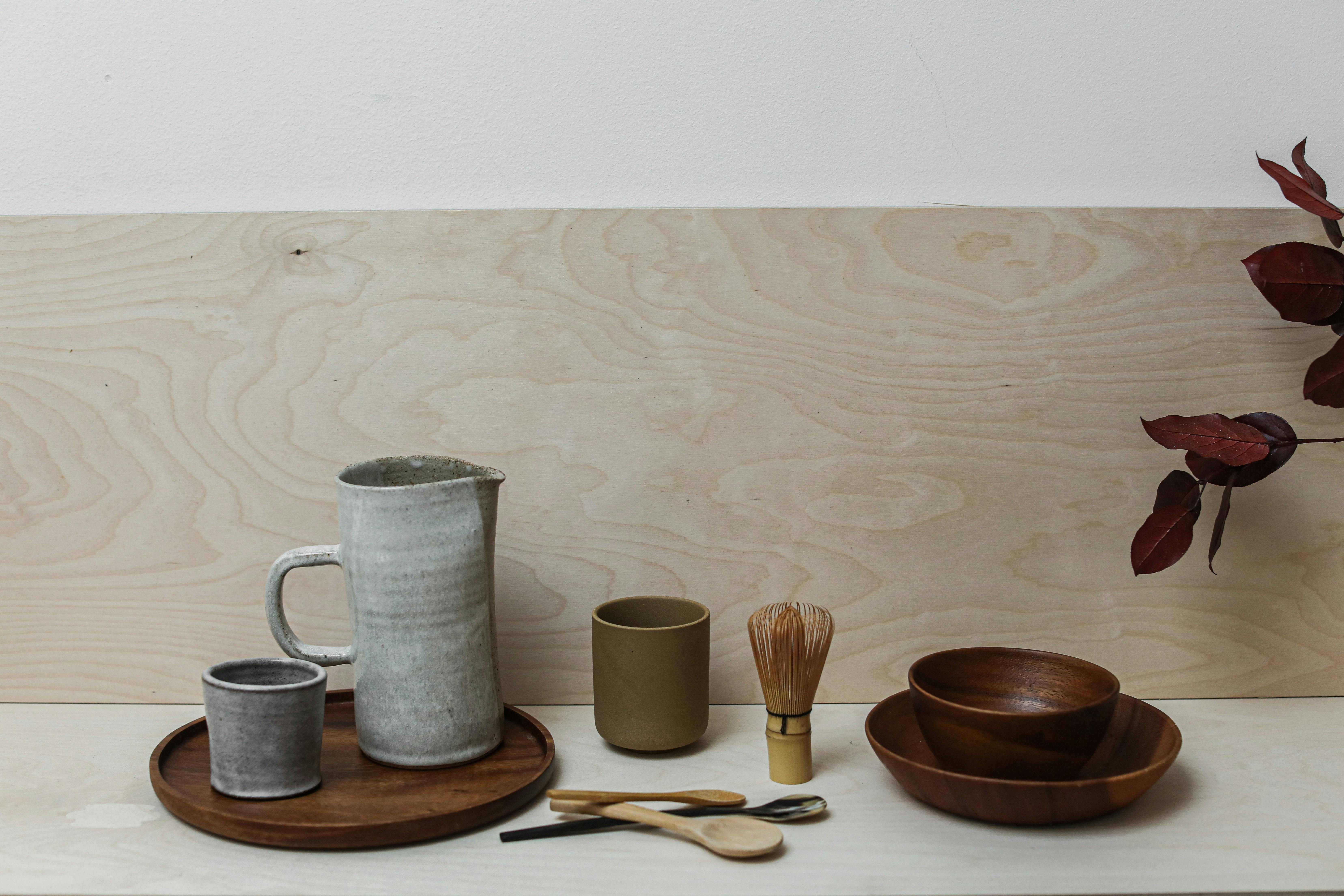The Fusion of Tradition and Modernity: The Resurgence of Wabi-Sabi in Home Design
The ancient Japanese philosophy of Wabi-Sabi, embracing imperfection and transience, finds a fresh voice in today’s home and garden design. With its emphasis on simplicity, authenticity, and the natural world, this concept inspires a unique approach to modern living spaces.

Introduction
The essence of Wabi-Sabi is finding beauty in imperfection and appreciating the simple and modest. Rooted in Japanese Zen Buddhism, it encourages mindfulness, contentment, and a deep connection with nature. Today, this timeless aesthetic finds renewed relevance in the domain of home and garden design.
A Journey Through Time: Wabi-Sabi’s Historical Context
Originating in Japan in the 15th century, Wabi-Sabi was initially associated with traditional tea ceremonies. These ceremonies prioritized rustic simplicity and natural materials, reflecting the philosophy’s core values. Over time, it extended to various elements of Japanese culture, including art, architecture, and interior design.
The Wabi-Sabi Aesthetic in Contemporary Spaces
The application of Wabi-Sabi in modern design is a testament to the philosophy’s versatility. It encourages embracing the aging process of materials, providing a striking contrast to the sleek minimalism often found in contemporary interiors. Natural elements, handcrafted items, and unrefined textures are key features of this design sensibility.
Practicality and Appeal in Today’s Market
The Wabi-Sabi approach resonates with today’s homeowners seeking authentic, meaningful design. Its emphasis on sustainability and the celebration of natural aging makes it a practical choice for those looking for lasting and eco-friendly home solutions.
The Wabi-Sabi Influence: Enhancing Everyday Life
By promoting mindfulness and an appreciation for the natural world, Wabi-Sabi enhances daily living. It creates tranquil and authentic spaces that offer a respite from the busy modern world. Furthermore, it encourages a more conscious and sustainable approach to consumption, contributing to a healthier planet.
This modern interpretation of Wabi-Sabi in home and garden design offers a fresh perspective on creating spaces that are not just visually appealing, but also deeply meaningful and intrinsically connected to the natural world. By embracing imperfection and transience, it encourages a shift in how we perceive and engage with our surroundings.




